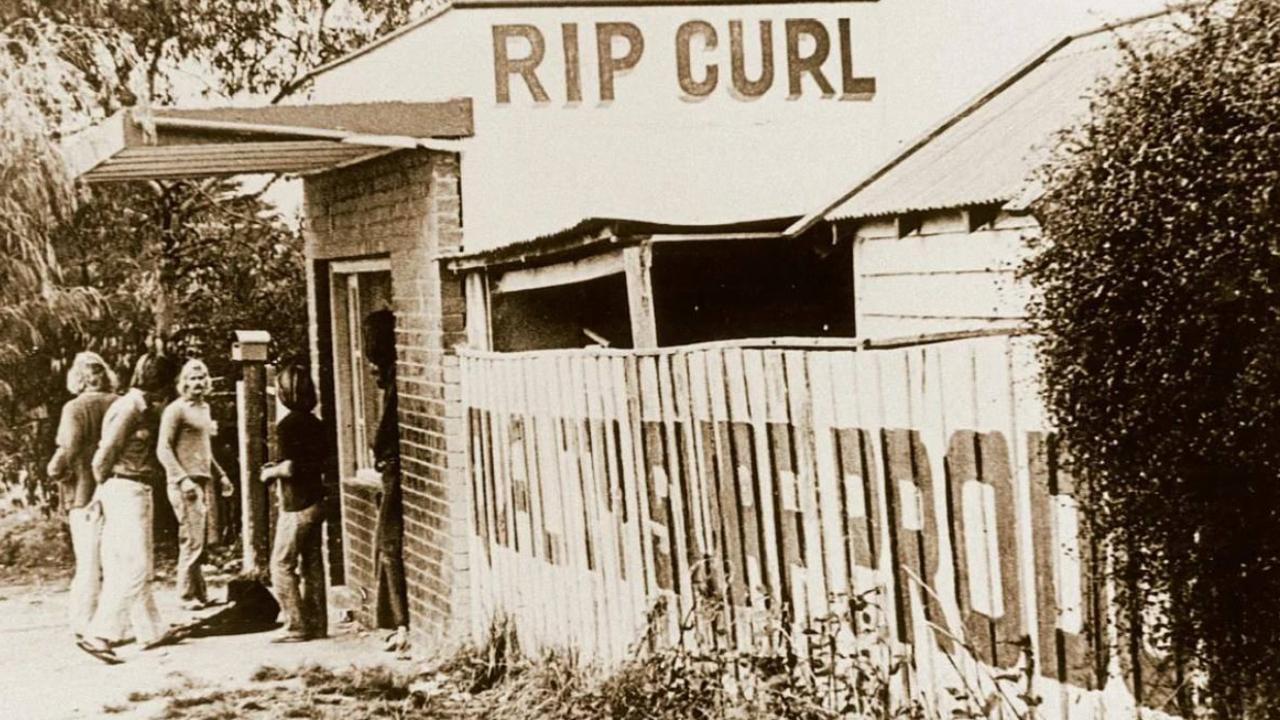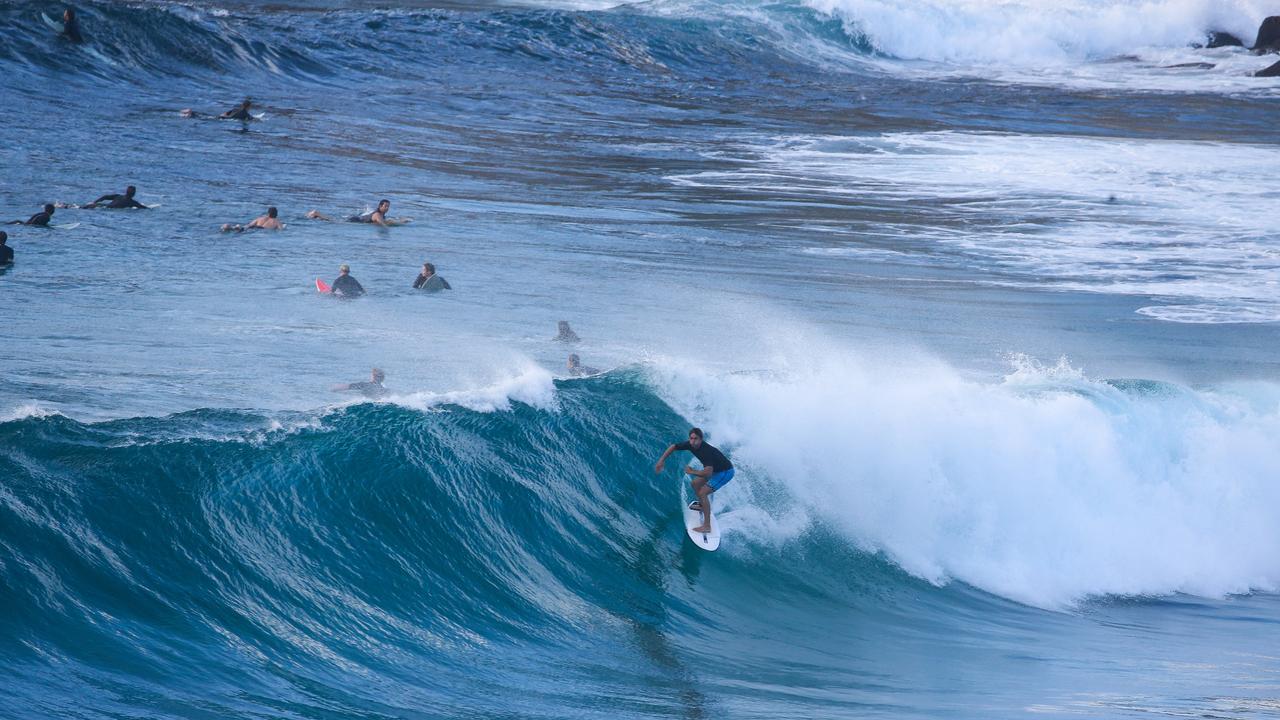Rip Curl is one of the biggest names in the surfing industry today and it all began with one simple question
One of Australia’s most iconic surfing brands was started with an eight-word question. From there, it grew into a global empire.
As the Summer of 1969 came to an end, two young surfers were searching for a way they could remain in the Victorian coastal town of Torquay and ride the waves of infamous Bells Beach all year round.
After bumping into each other in the street, Doug “Claw” Warbrick offered Brian Singer a simple solution that would lead to the birth of the global surfing empire, Rip Curl.
“Do you want to start making surfboards together?”, Claw asked Brian.
He instantly said “yes”.
Equipped with a small tin garage along the Great Ocean Road, the duo began shaping surfboards and setting up a multimillion dollar company right from their backyard.

By April, Claw was making four boards each week for the very best surfers in Torquay and Brian was in charge of sanding and making fins.
About seven months later, business was booming, clientele was expanding and the pair were quickly outgrowing their humble beginnings and it was time to find a bigger workspace.
For a sum of $10 per week, Claw and Brian moved to the Old Torquay Bakery at 5 Boston Rd, where they installed a shaping bay, glassing and sanding rooms.
The avid surfers were now producing 12 surfboards every week and the old bakery quickly became a hive of activity and the new Rip Curl headquarters.
By December, their workforce of two had become a team of three as a fellow surfer named Allan Green joined the businesses with a World War II sewing machine in hand.

Using the expertise of Green and a “1910 Singer Up the Arm Zig Zag” sewing machine previously used to sew flying boots for airmen, the trio began developing and selling ‘Long-John’ wetsuits out of the bakery’s basement.
As production began to pick up, the group moved all wetsuit operations to Claw’s flat at 66 Zeally Bay Rd, with the adjoining house later becoming wetsuit factory.
The old bakery remained the heart of the booming brand, as Melburnians flocked to the area in search of the perfect surf.
“It was a house for all the dropouts that came down from Melbourne surfing and they’d degenerate further and move to the Krishnas looking for the next thing,” Brian said.
“But when that wore off and their final degeneration happened, they came to work at the Rip Curl wetsuit factory.”

In 1970, Green left Rip Curl and formed Quicksilver with Claw and Brian as equal partners.
But the partnership soon dissolved and Claw and Brian once again turned their focus to Rip Curl, which continued to expand their operations throughout Australia.
Fifty years after they began their venture in a coastal back yard, Claw and Brian sold their iconic surfing brand to camping and hiking gear specialists Kathmandu for $350 million.
In 2019, the global company’s annual sales totalled $455 million, with surfwear accounting for more than 40 per cent of sales, womenswear 22 per cent of sales and wet suits 16 per cent.
There are nearly 120 Rip Curl stores throughout Australia and New Zealand.
The brand has also become one of the biggest sponsors of professional surfing competitions in the world, including the annual Rip Curl Pro competition which is held at Bells Beach each year and just kilometres away from where it all began in 1969.





